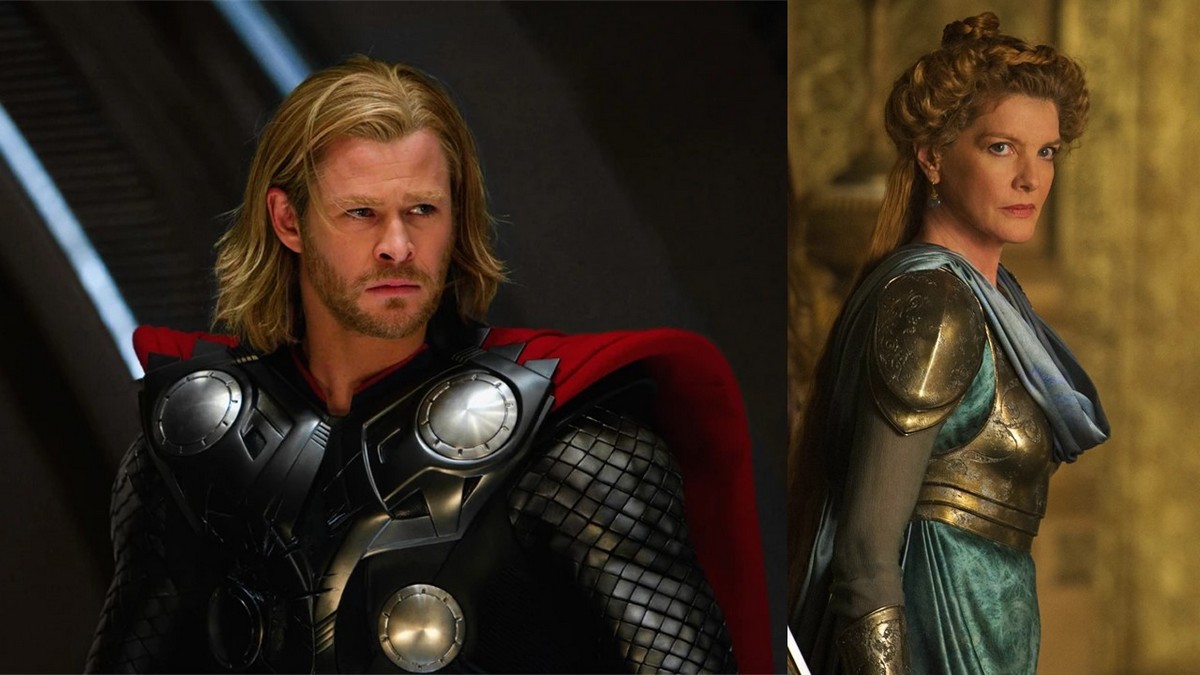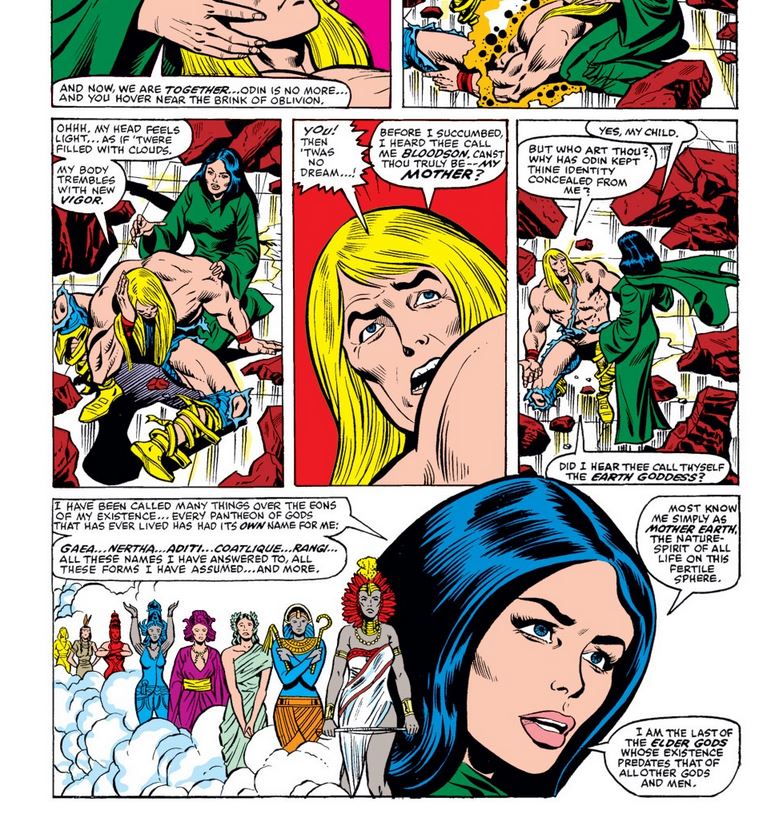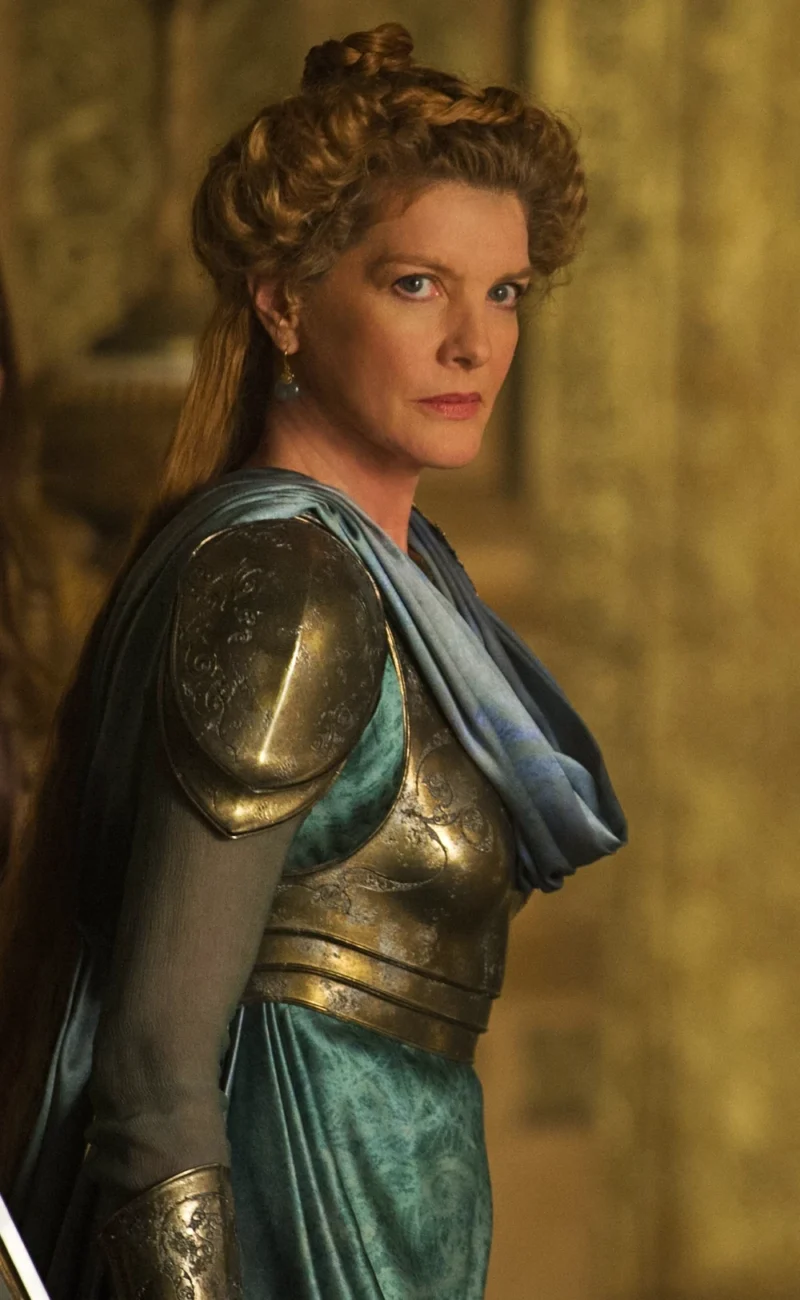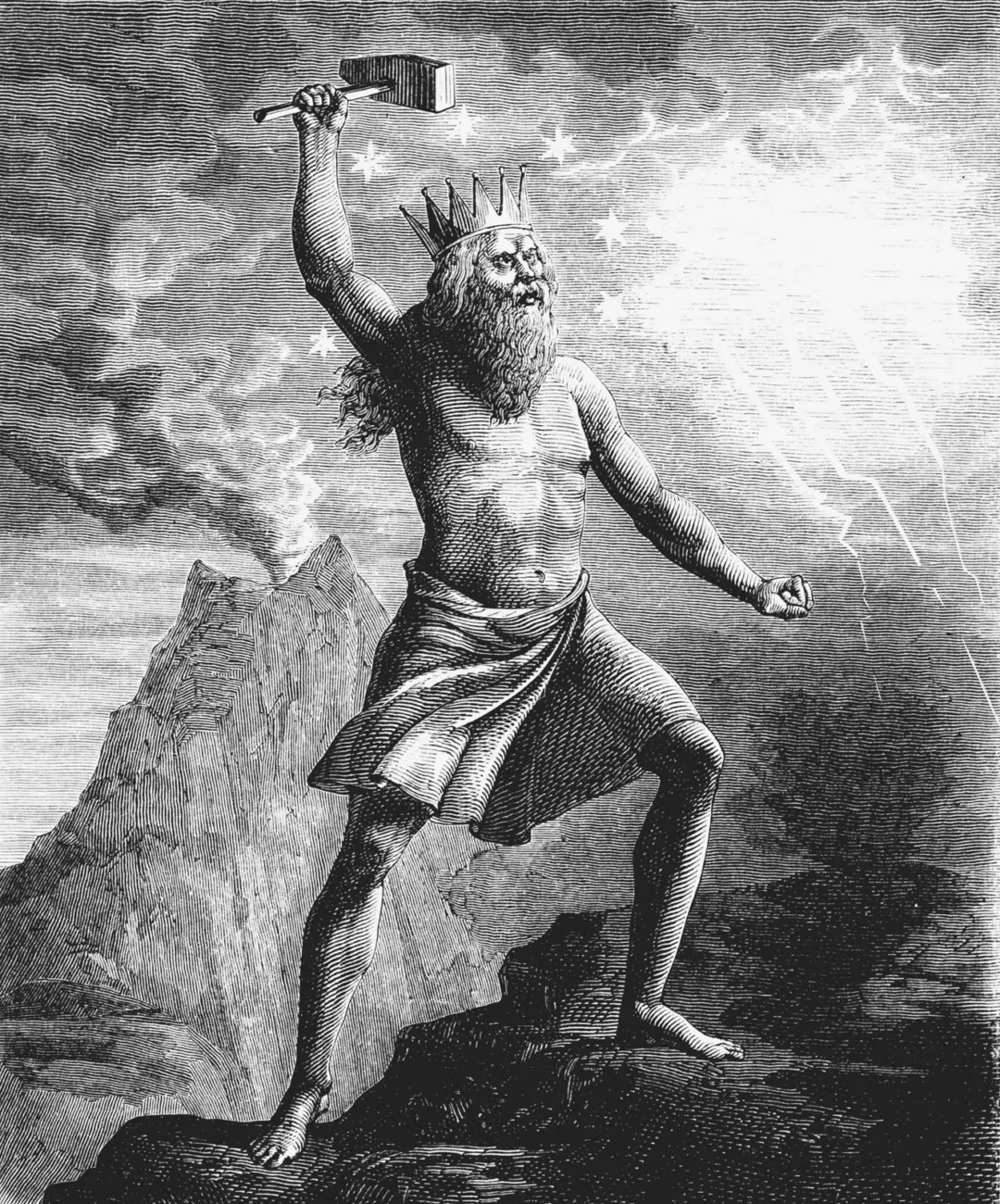Is Thor Half Giant? Norse Mythology vs. Marvel Comics

Join the community on Reddit for the latest Marvel & DC news!
Thor is a Marvel superhero and the God of Thunder from Asgard, a mythical realm in Norse mythology. He is known for his incredible strength, lightning powers, and signature hammer, Mjolnir. In Marvel movies, it was always noted that Thor and Loki were raised differently. This was mostly because Odin, their father, adopted Loki after he had gone to battle with Frost Giants. We knew early on Loki’s origin story, but now we will look at Thor’s. Is Thor potentially a half-giant?
Thor is not a half-giant in Marvel Comics; he is the son of Odin, an Asgardian, and Gaea, the Elder Goddess. In the MCU, Thor is the son of Odin and Frigga both of them Asgardians. In Norse mythology, however, Thor was a half-giant, being born out of a short relationship between Odin and Giantess Jörð.
In the following article, we will look at Thor’s origin story and if there’s a difference between the Marvel Universe and Norse mythology, after which it was inspired. Furthermore, we will see if there’s any difference in Thor’s relationship with his parents and how that interwinds with his own identity. If this sounds like something that might be interesting to you, you should stick with us and keep reading for more!
Thor’s origin in Norse mythology, comics, & MCU
Thor was one of the most important and popular gods in Norse mythology. As we’ve mentioned, he was the god of thunder, which is also the translation of his name in Old Norse. His origin story is revealed in historical texts, and it noted that Odin was his father, and Jörð was his mother. Jörð was a giantess, and her relationship with Odin was described as a one-night stand. She decided to raise Thor on her own. Thor was later acknowledged by Odin and brought to Asgard – the realm of the gods.
Jörð’s role in Thor’s life varies depending on the source, but she is often depicted as a loving and caring mother. She taught Thor immense strength and endurance growing up. Jörð is also associated with fertility and agriculture. Her connection to the earth reflects Thor’s role as a god of thunder and storms, feeding the earth and giving it new possibilities of life.
Thor’s relationship with Odin was more complex. While Odin acknowledged Thor as his son, it was noted that he favored his other son, Baldr, who was known for his beauty and gentleness. This led to tension between Thor and Baldr, who saw Thor as a brutish and violent figure. Despite this, Thor and Odin had a close relationship and often worked together to protect Asgard and the other realms from various threats.
In the comics and Norse mythology, Thor is not a full Asgardian but a half-god and half-giant, unlike in the MCU, where his parentage is not portrayed in this way. While the MCU departs from the comics and mythology in some aspects, such as Thor’s parentage, the character’s essence and powers remain relatively consistent.
The Jotnar race in Norse mythology
In Norse mythology, the giants were considered to be one of the primal races that inhabited the world before the gods. They were often portrayed as wild and unpredictable, with great strength and magical abilities. The Jotnar or Jötunn were usually depicted with natural forces such as fire, ice, and thunder. They were even sometimes seen as elemental beings.
The Jotnar were also regarded as tricksters and shape-shifters that can take on different forms and use their wits to outsmart their enemies. They often conflicted with the gods, who saw them as a threat to their power and authority.
Despite their often negative portrayal, some Jotnar worked as allies or even romantic partners of the gods. For example, the goddess Freyja was said to have married a Jotunn named Óðr, and the god Thor was sometimes aided by a Jotunn named Járnsaxa.
Overall, the Jotnar were an important part of Norse mythology and played a significant role in shaping the stories and characters of the gods. Their role as powerful, unpredictable beings added depth and complexity to the mythology, and their conflicts with the gods highlighted the challenges of maintaining order and balance in the world.
Thor’s giant half was not acknowledged by his peers
In Norse mythology, Thor is not acknowledged as Jotunn by others. His mother, Jörð, is referred to as a giantess or Jotunn and is considered to be a goddess associated with the earth. The way that this connection was looked at was as if Thor was not fully a Jotunn. This means that while Thor has some connection to the Jotnar through his mother, he is not considered to be Jotunn in the same way that his brother Loki is, who is the son of a Jotunn named Laufey.
On the other hand, we have Thor from the Marvel Cinematic Universe, who incorporated some elements of the Jotunn as part of his backstory. In the movie, it is revealed that Thor’s grandfather Bor waged war against the Jotunn. Another connection was through Thor’s father, as we’ve mentioned earlier, adopting Loki from the Frost Giants, who are compared to Jotunn. However, this is a departure from the traditional Norse mythology, in which Thor is not considered to be Jotunn.
Is Thor a half-giant in the comics & MCU?
Now that we’ve covered Thor’s mythological origin, it’s time to delve into the world of Marvel Comics. The origin of all gods in Marvel can be confusing at times. Luckily, Thor’s origin is more straightforward than that of most Asgardian gods. In Marvel Comics, Thor is not a half-giant. He is an Asgardian son of Odin and the Elder Goddess Gaea.
There’s a good reason why Gaea is called ‘Elder God,’ She was spawned from biological matter before any other life forms could develop on Earth along with the rest of her godlike siblings. Most of the Elder Gods eventually turned violent, bloodthirsty, and monstrous, including her brother Chthon.
Gaea knew that if the demonic Elder Gods are not stopped, no further life will be able to develop on Earth. She summoned her creator, the Demiurge, and mated with it, giving birth to her first son Sun-god Atum, who was responsible for banishing the demons from Earth.

In ‘Thor’ #301 it was revealed that Gaea is the true Thor’s mother as Odin mated with her because he wanted a son who would be strong not only in Asgard but also on Earth. Interestingly, Gaea is sometimes called ‘Jord’ in the comics, clearly inspired by the giantess from Nordic Mythology.
In the MCU, Thor’s origin story was changed again, and he is not a Half-Giant either. Thor is the son of Asgardians Frigga and Odin, making him a full-blooded Asgardian. Due to his noble lineage, he is, however, considered to be among the most powerful Asgardians.

We also know that Hela is Odin’s biological daughter, but the identity of her mother remains unknown, while for Loki, it’s clear that he was never an Asgardian in the first place but rather a Frost Giant. He was only adopted by Odin and Frigga.
Have something to add? Let us know in the comments!
Liked this article? Join the community on Reddit for the latest Marvel & DC news!


